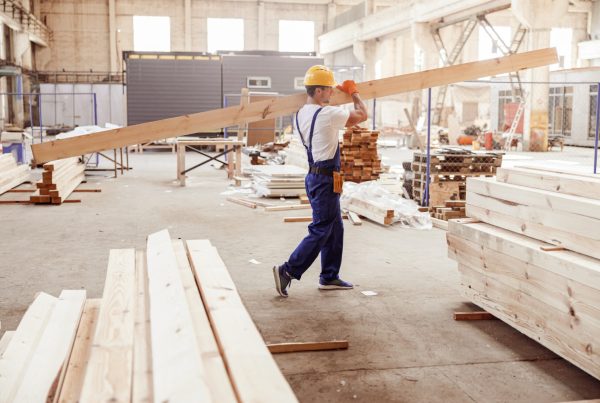
The potential for AI-powered robots to revolutionise the construction industry is immense, but it also comes with significant challenges that must be addressed to ensure a smooth transition. As construction companies begin to integrate these advanced technologies, they will need to navigate a complex landscape of workforce adjustments, regulatory changes, and social implications.
One of the primary concerns surrounding the adoption of AI-powered robots in construction is the potential for job displacement. As robots become more capable of performing tasks traditionally done by human workers, there is a risk that many jobs could become obsolete. This could lead to widespread unemployment in the construction sector, particularly for roles that involve manual labour and repetitive tasks.
To mitigate these risks, industry leaders and policymakers will need to develop strategies for retraining and upskilling workers. By investing in education and training programmes, construction companies can help their employees transition to new roles that are less likely to be automated. This could include positions overseeing robotic operations, maintaining and programming AI systems, or focusing on more complex and creative construction aspects requiring human expertise.
Another critical factor to consider is the regulatory environment. As AI-powered robots become more common on construction sites, updated regulations will be needed to ensure safety and fair labour practices. Governments and industry bodies will need to work together to establish guidelines for using robots in construction, addressing issues such as liability, worker rights, and the ethical implications of automation.
Despite these challenges, the benefits of AI-powered robotics in construction are clear. By automating dangerous and physically demanding tasks, robots can improve safety on construction sites, reduce the risk of accidents, and enhance overall productivity. Additionally, AI can help construction companies optimise project management, reduce costs, and complete projects more quickly.














